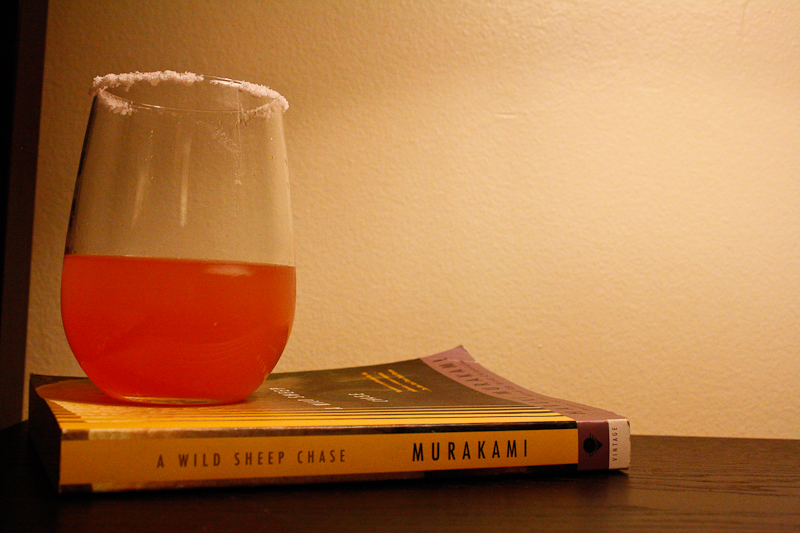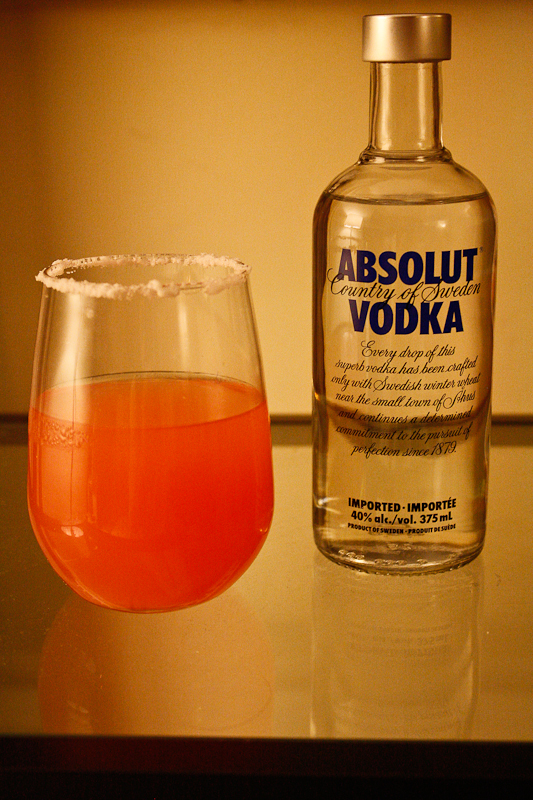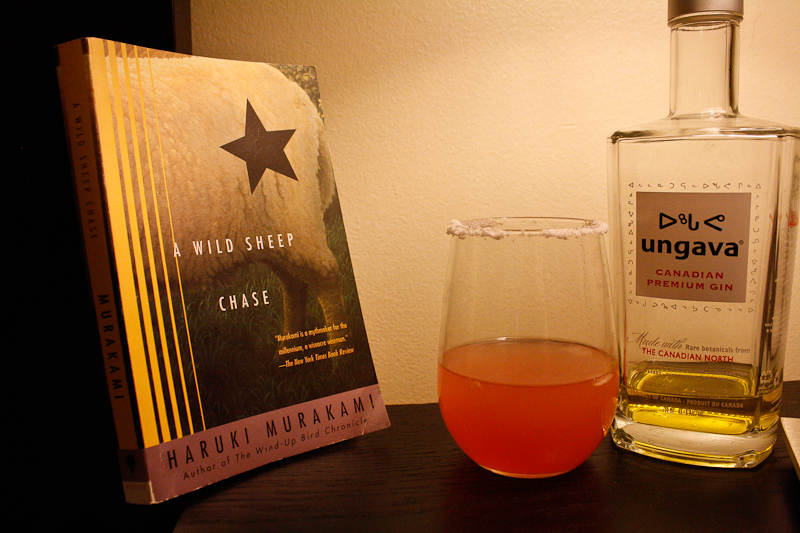“What do you call a vodka with grapefruit juice?”
“A salty dog.”
“I called the waiter and ordered a salty dog and a Cutty Sark on the rocks.”
——-
This simple exchange in chapter 16 of prolific Japanese wordsmith Haruki Murakami’s A Wild Sheep Chase has stayed with me for a very long time. Maybe because at the time I read it I didn’t drink at all, maybe because for once in a Murakami novel a character was drinking something other than whiskey.
The man knows how to write about drinking.
“However, our words are words, and they can only live in the world as words. When we tell stories, we replace all things with some other more sober things and then can only live within those limits,” he writes in a travel book about the island of Islay If our Language Were Whiskey.
“But sometimes for a brief, fortunate moment there is an exception, and our words really do become whisky. And we—or and least I—live dreaming of those moments. Dreaming of what would happen if our words were whisky,” he writes.
 Murakami’s characters are typically enigmatic loners, wandering around surreal worlds and parallel universes where reality is hard to define. What isn’t hard to define is their taste in alcohol, which is primarily hard liquor and notably western ones—no one ever talks about sake or other Japan-specific alcohols.
Murakami’s characters are typically enigmatic loners, wandering around surreal worlds and parallel universes where reality is hard to define. What isn’t hard to define is their taste in alcohol, which is primarily hard liquor and notably western ones—no one ever talks about sake or other Japan-specific alcohols.
When Aomame, the protagonist of Murakami’s 1Q84 is hanging around bars looking for men to sleep with she always has a Cutty Sark in hand.
Most memorably the dapper figure on the Johnny Walker whiskey label comes to life in Kafka on the Shore as a polite but maniacal cat-killer. He is a stylishly evil and cold figure who saws the heads off cats while forcing protagonist and cat-lover Mr. Nakata to watch.
And then of course there’s the beer and whiskey-drinking, chain-smoking, nameless protagonist of Murakami’s “The Rat,” series. Each book in the series stands on its own but all centre around a nameless male protagonist and his absent friend known as “the Rat.”
The third “Rat” book A Wild Sheep Chase is the only one in the series I’ve read but chapter 16 entitled “She drinks her salty dog, talking about the sound of the waves,” has stayed with me lo these many years. In the chapter the nameless protagonist meets with a woman who once knew “the Rat,” and they have a brief conversation about existence and loneliness.
It’s awesome.
 Unlike whiskey and other alcohols mentioned in the book, Murakami never describes what a salty dog tastes like, only what the character looks like while drinking it. She herself is nameless too, a strange, melancholy woman who disappears once the chapter ends. It left me wanting more.
Unlike whiskey and other alcohols mentioned in the book, Murakami never describes what a salty dog tastes like, only what the character looks like while drinking it. She herself is nameless too, a strange, melancholy woman who disappears once the chapter ends. It left me wanting more.
What is a salty dog? Isn’t that slang for a pirate?
It turns out the salty dog is a variation on another drink, the Greyhound, which is essentially the same thing sans salt. You can make it with gin or vodka.
Ingredients
4-6 oz grapefruit juice
1 1/2 oz gin or vodka
1/4 tsp salt
Instructions
– Salt the rim of your glass by dipping the rim in a shallow bowl of juice. (The juice will help the salt stick better.)
– Put your ingredients in the glass and stir well.
While I am an ardent lover of gin I have to say the vodka version of this cocktail is just as good and slightly less intrusive than the gin version. The salt counteracts the bitter-sweetness of the grapefruit juice beautifully. If you want some extra sweetness you can also garnish the drink with a lime or lemon slice.
I would suggest drinking it while power-reading a Murakami classic.
Keep some whiskey close by, too.






